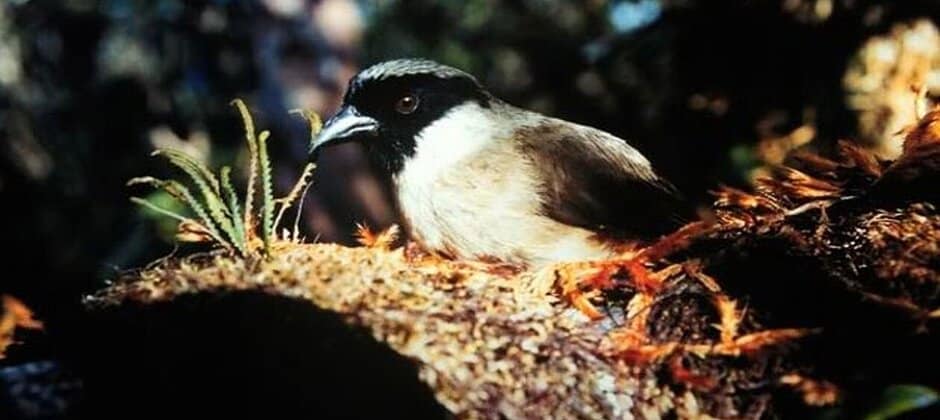Share this article
USFWS plans to delist 23 extinct species
The U.S. Fish and Wildlife Survey has proposed removing 23 extinct species from the federal Endangered Species Act.
Many of these species, like a bird called the Kauai ʻakialoa (Akialoa stejnegeri), haven’t been seen in decades. Another bird, the Kauai nukupuʻu (Hemignathus hanapepe), hasn’t had a confirmed sighting since 1899, though some unconfirmed sightings have been reported.
The group of organisms being removed from the list include 11 bird species, eight species of mussels, a bat, two fish species and a plant. The bulk of these animals had lived on Pacific Islands. Nine species were native to the Hawaiian archipelago, while the bridled white-eye (Zosterops conspicillatus) and the little Mariana fruit bat (Pteropus tokudae) lived on Guam. The rest of the species, including the two fish and the mussels, are spread throughout the lower 48 states. Many of the Hawaiian bird species were quite distinct, but they were vulnerable due to small and isolated native ranges.
“I think it’s overdue,” said TWS member Eben Paxton, a research ecologist with the U.S. Geological Survey’s Pacific Island Ecosystems Research Center, about the delisting. “Some of these species like the po`ouli were around as recently as 2004, but many of these haven’t been seen for decades, some over half a century ago.” The last known po`ouli (Melamprosops phaeosoma) died in captivity as biologists searched unsuccessfully for a female mate for the honeycreeper male in Hawaii.
“The conservation of threatened and endangered species has become one of the most formidable challenges we face as a wildlife profession,” said Cameron Kovach, TWS director of operations.
Paxton noted that it’s difficult to prove an extinction, and some people believe such an action shouldn’t be rushed in case some undiscovered population of one of the species remains. But delisting extinct species may bring attention to how bad the situation is for some birds threatened with the same fate, Paxton said.
In Hawaii, for example, three more species are critically endangered due to a combination of factors like climate change, introduced disease like avian malaria and predation from invasive species. The kiwikiu (Pseudonestor xanthophrys) could be down to 50 individuals left, for example, while Paxton said the ʻakikiki’s (Oreomystis bairdi) numbers are similarly low.
“Currently, multiple Hawaii forest birds are declining rapidly and if we can’t find a successful conservation strategy to stop these declines we’re going to have more and more waves of extinction in the next few decades,” he said, adding that declaring birds like the po`ouli extinct helps to draw attention to the plight of other species like these.
“The benefit of delisting them is bringing attention to what’s going on right now,” Paxton said, adding that if some sighting of one of these species was confirmed, “there would be a pretty big scramble for protection.”
The ivory-billed woodpecker (Campephilus principalis) used to be found across several states across the U.S. Southeast. The last confirmed sighting was in 1944, though some ornithologists have reported sightings and recordings of the characteristic knocking sounds and calls the woodpeckers make. Kovach was early in his career as a biologist when news of one of these sightings in Arkansas broke.
“I’m grateful to be one of the many wildlife biologists who has searched for the ivory-billed woodpecker over the years, and while I wish the outcome of that work was different, I know that I owe a great deal of my personal and professional growth to the time I spent in the big woods of Arkansas,” Kovach said. “It gave me a new perspective and pushed me to want to do more for conservation.”
These sightings were never confirmed, though the topic remains controversial. “Extinction is a difficult topic,” Kovach said. “To cease from existence. Gone forever.”
Paxton said that part of the issue is that it’s hard to let go of species.
“You can never prove an absence,” he said. But, “the probability is very low that any of these species still persist.”
Header Image: The poʻouli hasn’t been seen since 2004. Credit: U.S. Fish and Wildlife Service/Paul E. Baker








